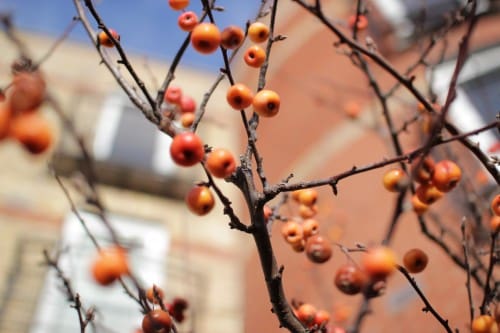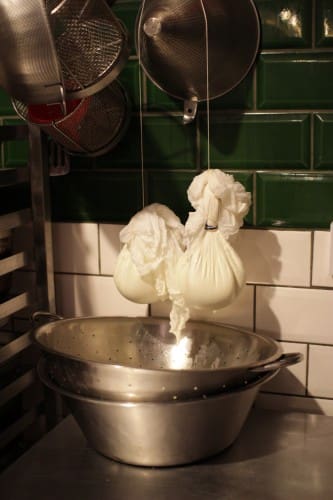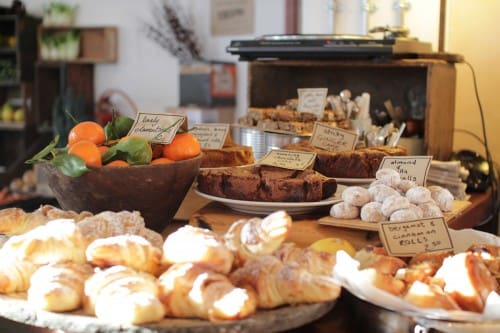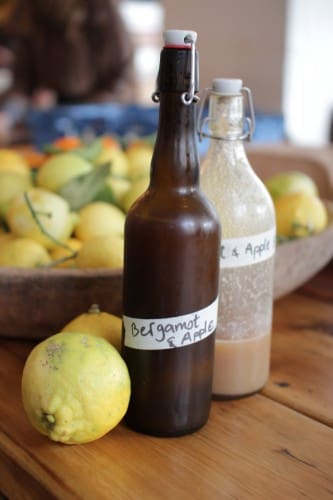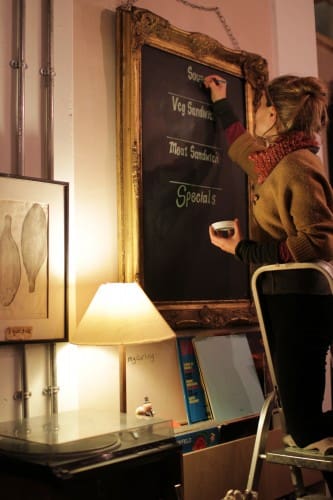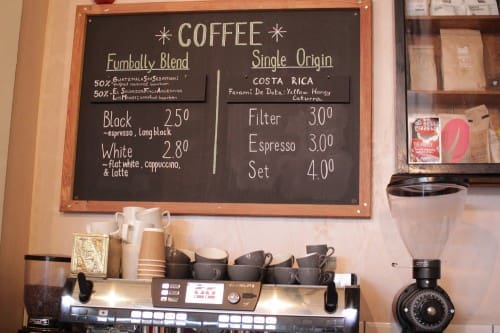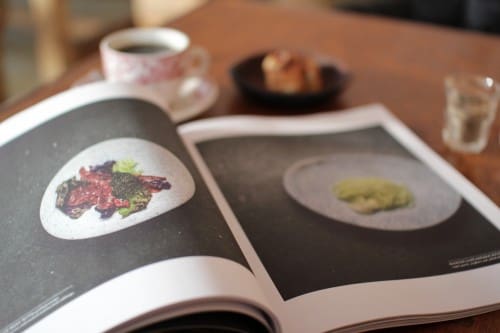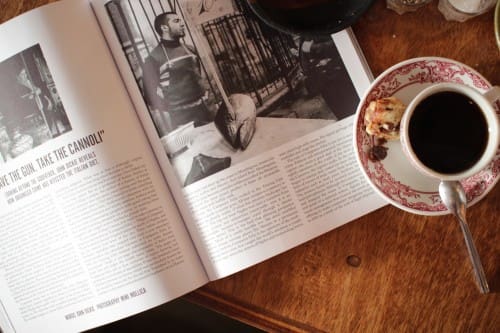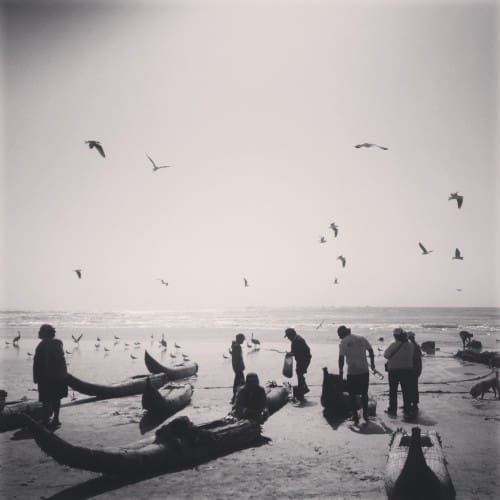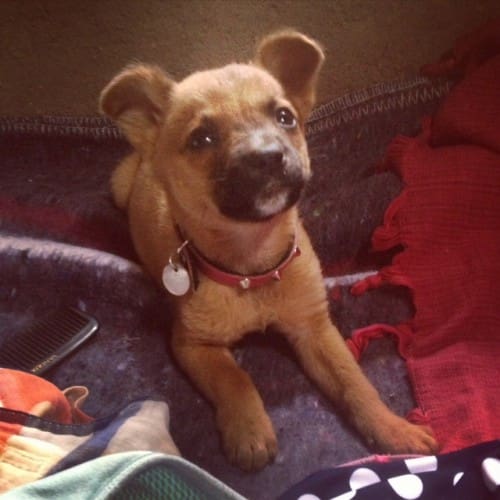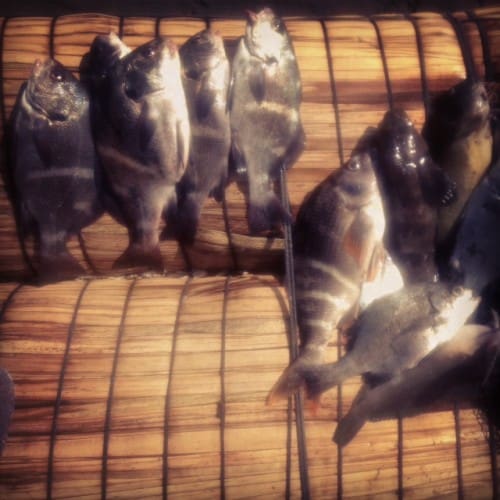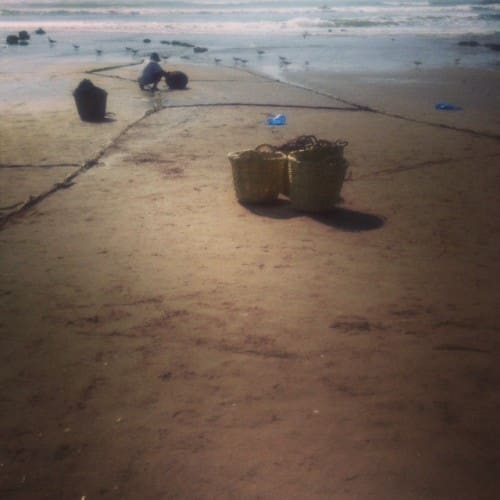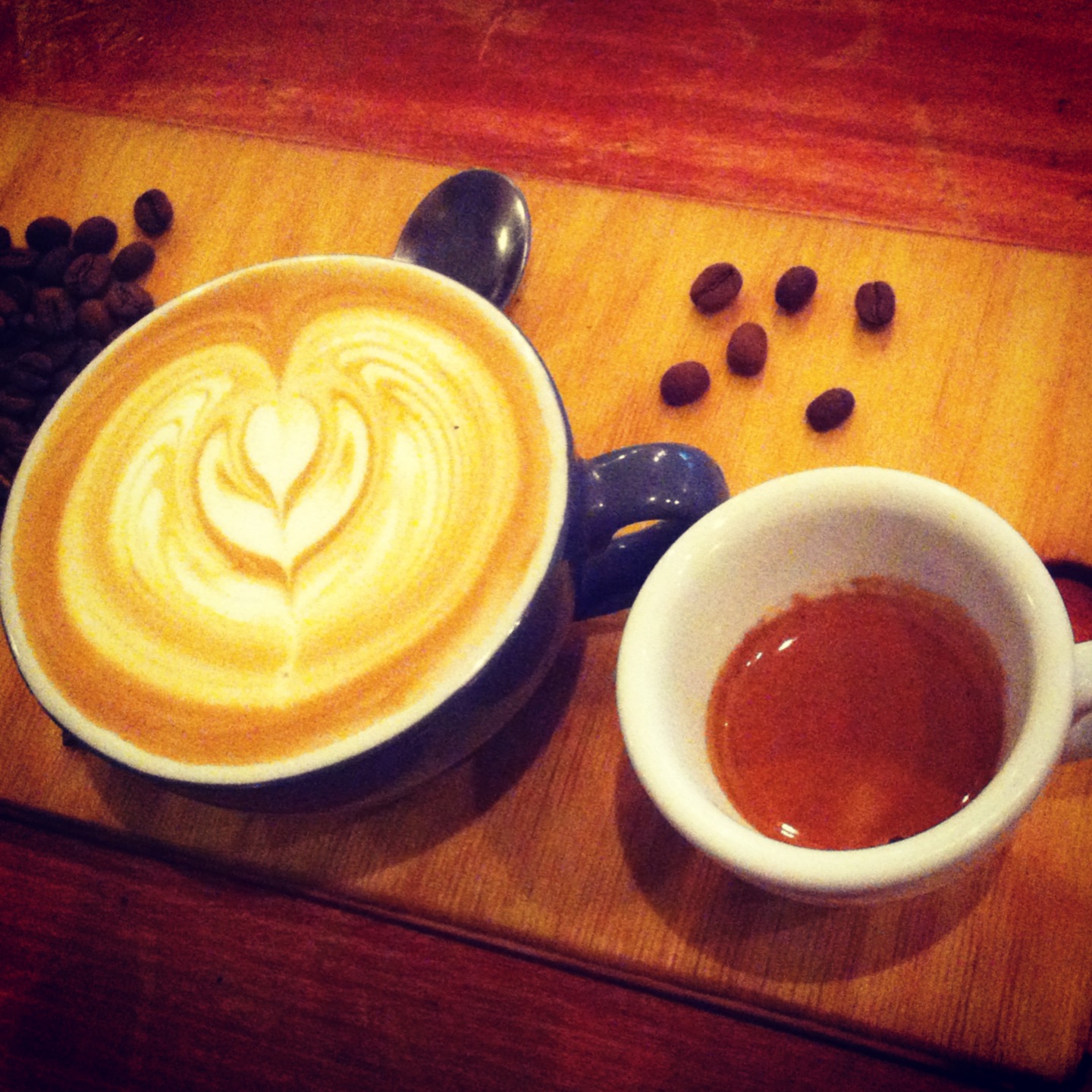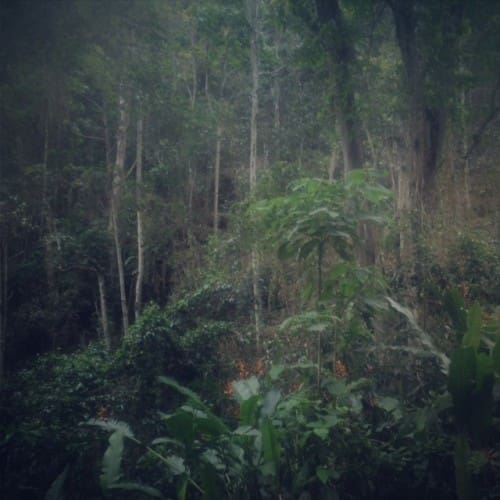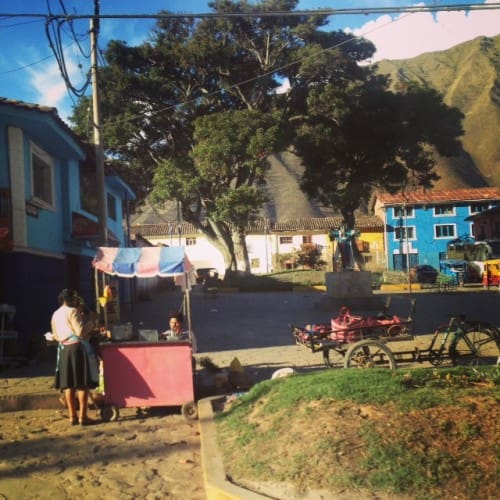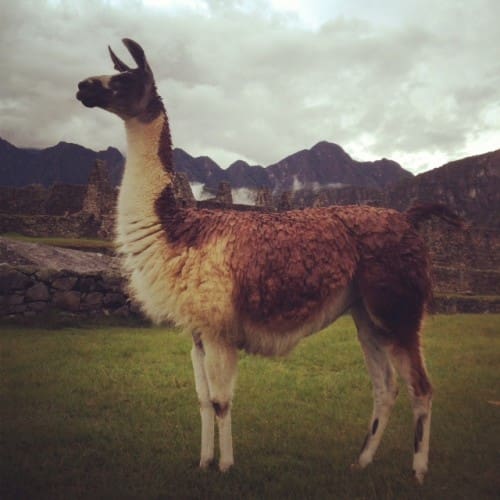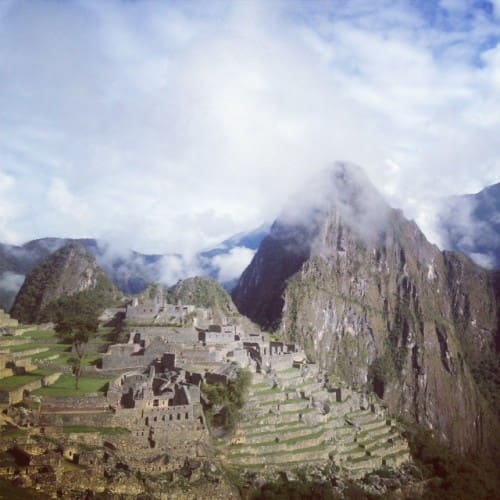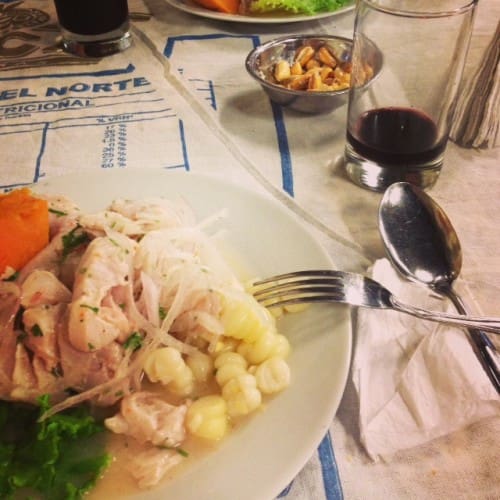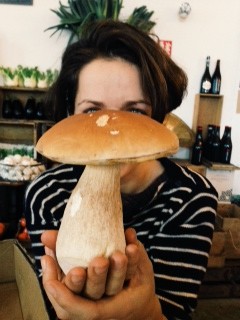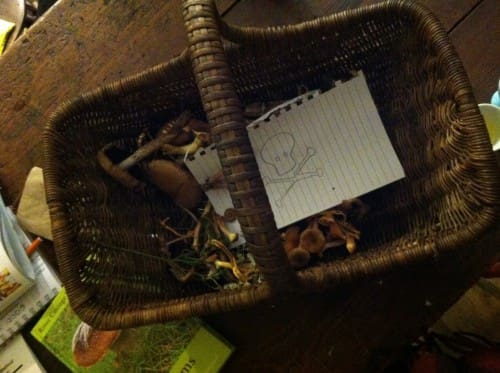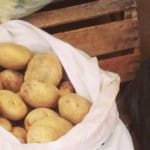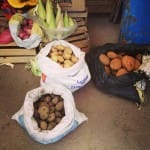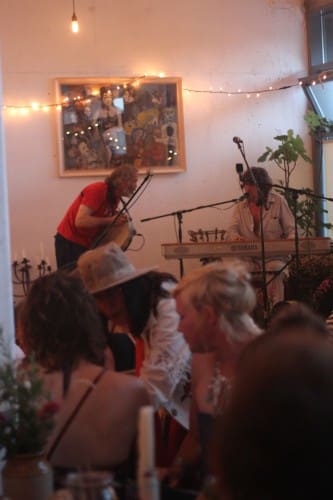4OOL
Fool Issue *4 has just arrived.
We got a little excited. And so did some customers, who came in throngs yesterday to buy the new edition. This one is all about Italy, but there aint no checkered tablecloth in sight. This is real Italy as it is now. The struggle to break out of decades of over-used clichés and stale menus, yet hold on to tradition and maintain the beautiful ethos towards food that made it so good in the first place.
Peruvian Diaries IV
Traveling for roughly eight weeks in Peru at a rate of three meals per day works out at one hundred and sixty eight meals. That’s a lot of food. Of these, perhaps 50% or so will be shared, leaving roughly eighty meals to be taken solo. A further 10% falls into the category of food eaten in transit (therefore with limited or no choice); travel meals so far have ranged from sweet bread with bitter olive paste eaten in the dark (probably for the best) to a bag of miniature apples chomped down desperately in a bypass in the Andes. Many dry crackers and emergency chocolate also fatten up this category.
The experience of eating while traveling is roughly 50/50 in terms of food and setting; my most delicious breakfast so far has been at a Hare Krishna eco village – wholegrain sandwiches with dulce de leche, mangos and bananas from trees roughly ten metres away from the table and sugarcane-sweet Ayurvedic tea made from rosemary, ginger, chamomile and anise, all grown on-site. Also, there was a fuzzy two-month old puppy sleeping in my arms as we ate; I think this qualifies it as the best breakfast ever? Unless we’re counting fried egg sandwiches at an altitude of about 5000 metres, that’s pretty cool too.
When eating out alone, my approach is usually to order the things on the menu that I can’t translate. There are pitfalls (tripe broth – not unlike a rancid slipper in a bowl) but there is more treasure to be had! It is through this method that I have learned about Peru’s wealth of soups – aguadita, caldo de cordero, caldo de gallina, etc. The latter is best eaten with a squeeze of lime and an audience of giggling children – nothing is funnier than watching a gringita slurp her way through her noodles! I have become accustomed to being the only gringa in the village; a father slowed down his car yesterday and told his kids in hushed tones to look at me. An old woman came up to me in the market and rubbed my belly and pinched my cheeks. Another old woman flagged down and refused four taxis on my behalf because they were trying to take advantage of my blue-eyed naivety. I have finally learned how to haggle, with only a couple of weeks to go; I can’t wait to try it out on Dublin taxi drivers when I get back.
I’m taking an overnight bus to Chachapoyas later, a place famous for both the giant stone fortress of Kuelap and jungle-herb-flavoured artisan liquors. An interesting combination, watch this space… Love from the other (and upside-down) side of the pond! Xx
Fumbally MK 4
Another Coffee update from our man Ger:
A few weeks ago we changed over blends as the Central and South American coffees came back into season. We’ll be seeing a lot more in the coming months on the retail shelf and in the hopper as single origins and filters..
What I wanted to do with this blend, as with the last one, was to really exaggerate the flavour profiles of the origins we used. With the last blend, for example, we had that BIG fruity sweetness that we find in most African coffees. This time, we’re all about Chocolate and nuts! Guatemala is known for its “orange and chocolate” flavour profile, pretty much across the board and El Salvador is known for its milk chocolate base, and complex acidity. As espresso, this blend has an amazing mouthfeel; like melted dark chocolate but with a beautiful, citrus-y, milk chocolate flavour all over your tongue before turning its attention to its lovely, sparkling acidity and aftertaste.
I really love this coffee, and I’m excited about what we can do next. We have some really beautiful Central/South American coffees coming in so please make sure to taste what you can!
Here’s a few notes from Steve (Has Bean) about The Fumbally MK4
Guatemala Sebastian Bourbon Pulped Natural 50%
El Sal Argentina Mangos Washed 50%
Guatemala Sebastian:
Owned by the Fallas Family, this is one of the most organised and professional farms in the area. From agronomy right through to the picking and processing, every stage is closely monitored. These coffees are grown between 1,500 and 1,950 meters above see level on the soil and the edges of the Acatenango volcano, and it’s a huge farm. San Sebastian’s owners know that every coffee grown there is not specialty and are very careful to access the quality and cup profiles of each lot, in order to find only the very best lots to be marked with their name.
The farm was founded over 100 years ago and now is in the hands of the 4th generation of the Fallas family, Estuardo Fallas Castillo, who is the great grandson. He has been taking new trends in coffee, maintaining the quality and expanding it over the years.
On San Sebastian you have always been able to find very good, clean, washed process coffees, but over the last couple of years they have begun to experiment with pulped natural and natural coffees, also with the varietals Bourbon, Caturra, and Pacamaras, and separate lots. It’s this progressive approach to farming that makes San Sebastian stand out.
In the cup expect a smooth and balanced cup. Milky Way meets Galaxy chocolate, and you’re halfway there. This is thick and gloupy in its mouthfeel, and a real delight.
El Salvador Argentina Mangos –
El Salvadors are renowned for their milk chocolate base, good body and smoothness which this all has, I chose this particular lot as it has amazing acidity complexity, whilst staying under the radar. I get (on top of the body and chocolate) tropical fruit, clean and silky front and back end, but most importantly of all a balance. This works with the Sebastian as it has a common theme of sweetness, but the Los Mangos adds all of the complexity you get in the cup.
But where it also works is in the mouth-feel, they are both so viscous and gloupy it just adds to mouth feel over-dose.
Peruvian Diaries III
Traditionally, Andean communities recognised two types of health – the health of being well and the health of living well. A community is not in good health if one of its members is unwell, similarly a person cannot be considered fully well if they are not living well within the community. Of the physical illnesses, most stem from emotional or spiritual upset or from a physical imbalance, and are treated holistically (usually food plays a huge role here). The idea of duality (very similar to yin and yang) is very strong, and balance must be achieved in all areas if an individual is to be well and to live well, and therefore be in good health.
The more time I spend in Peru, the more I realise that it is impossible to do simple food and recipe research here – everything is bound up very tightly in a holistic and almost superstitious approach (at least outside of Lima, which is meanwhile buying into gastropubs and nouveau-andina cuisine – things I will happily try for research purposes!). Things we now consider ‘superfoods’, such as quinoa, maca, etc, have long been recognised in Peru for their health-giving benefits. The thing is, the respect for pachamama is so great and still so active here that natural foods in general are given huge respect. It is an interesting thought that we (as a culture) start to drum up interest in these superfoods only after their benefits have been proven, whereas Peruvians have a real and living link to them; they have never lost the idea of food as medicine.
Natural medicine is everywhere here; a travelling salesman hopped on my long bus journey from Ayacucho to Andahuallyas (both very traditional Andean towns) and began a spiel on the importance of good health, complete with a crackly headset and wild hand gestures. He managed to sell health-boosting tea and a eucalyptus and cats-claw balm to at least 75% of the passengers (including yours truly…!) I find it quite beautiful (when i rein in my skepticism…) that people here trust the history and legacy of their food and still engage properly with the idea of man as nature. In any kind of illness, natural relief is the first port of call – potato juice for stomach upsets, mate de coca for everything from altitude sickness to the common cold, herb poultices and animal fats for skin disorders, and many many more. More exhaustive list to follow!
In other news, I had my first Peruvian ceviche last night. Mind blown. About 300 metres from the pacific, we found a cebicheria decked out in football scarves, family photos and fluorescent lighting. We had about a pound of fish each, all zingy and gorgeous and so so fresh, washed down with some clove-heavy chichamorada. Delicious. The best place to eat fish is definitely where you can taste the ocean-salt in the air. My next few weeks of travel will involve staying close to the coastline, so it is with a light heart and eager belly that I vow to continue my research!
Peruvian Diaries II
Two days in Lima and I was already well informed on Peru’s wealth of potatoes, with estimated guesses ranging from 3000 – 5000 varieties and types. What’s an extra thousand when you get past a certain point? I made my way to Huancayo, a place famous for the humble spud, and also home to Peru’s national potato institute! Making my way is a slight understatement, I actually took the second highest train in the world – fourteen hours of winding valleys, snow-topped Andean peaks, vast landscapes of spiky cacti in bloom and barren stretches of white rocks and concrete walls – a reminder of Peru’s often controversial mining industries. We also passed llamas (who sport red Andean ribbons as ear tags), beautifully pink-cheeked children in neopolitan ice cream-coloured woollens, tiny waterfalls and lazy dusty dogs lounging by the train tracks. At an altitude of 5,000 metres at its highest point, this was not a journey for food research, although I did share my first mate tea with two hilarious French men.
Huancayo itself is a meandering sloping town, nestled under the giant Huaytapallana mountain and subject to swift changes of weather. In one moment, the lavender, turquoise and butter-coloured houses sit in glorious sunshine, the next moment brings fat black clouds and low thunder. The rain is soft like Irish rain and very welcome after city dust! I am staying in a small hostel, where we are well-fed three times a day; it is the Peruvian equivalent of the Gaeltacht experience, with an equal emphasis on potatoes. Sonja, my new Peruvian mum, has a knack for making the right thing at the exact right time; beautiful clear gingery broth on a rainy evening, fried yucca with qapchi (a Quechuan sauce of fresh soft cheese, hot chilli, spring onion and a green mystery herb) for supper on a cold night, sweet pickled radish with a lemony salad on a sunny afternoon. I am being educated on types of maize; the yellow stuff we eat at home? No way. That’s for the animals here. Huancainos eat the big fat kernels of white corn or the glossy purple-black corn that sits in neat rows in all the local markets. They use this too in chichamorada (a delicious drink) along with quince, pineapple, cloves and cinnamon. There are so many spices and herbs to fall in love with here! On my way to Spanish class, there is one particular corner that always smells of cumin (there is a small processing factory close by), a big warm earthy hug via the nose each morning! And even the little corner shops sell giant bunches of fresh chamomile and lemon balm for tea. They also sell alfalfa by the kilo, but this is mainly for fattening up coy (which I have yet to try…).
More to come after the weekend, when we have a market trip and cooking classes. I’ll have the secret recipe for Papa a la Huancaina by then! And tomorrow we’re going for piccarones, donuts made from a sweet pumpkin and potato dough (naturally), and served with spoonfuls of eucalyptus honey. Niiiice! I wish you could all have some too!
Lots of love! Xxxxx
Peruvian diaries
One of our beloved chefs Brenda, is on sabbatical in Peru at the moment and promised us some documentation while she was there. Her first email home stated that she hadn’t had time to write us anything yet…..but the email itself was just perfect
*****
I’m meeting some lovely people already tho…on my flight to Toronto, a sweet man called Perry told me about all the delicious desserts and sweets his mum used to make. She was, however, dreadful at savoury cooking and used to boil vegetables forever and ever. When his mum grew old and ill, his dad started looking after her. His dad had been a cook in WW2 and learned that vegetables should be immersed in rapidly boiling water for 3 minutes, for flavour and nutritional value. When Perry asked him why he had never said this to his mum, he just said it wasn’t his place. I thought this was very sweet, because food isn’t always about making things taste good – it’s also about love and complications and family politics.
In other news, my (lovely) taxi driver told me last night that Peru has roughly 3500 types of potato…!!! He also told me that huancayo (where I’m going on sat) is famous for potato production and has some very specific regional potato dishes. Exciting!!
I also met a very gentle canadian vegan called nick, who I might meet up with in the amazon in a month! (If he manages to survive til then on a vegan diet in Peru…50/50 chance I reckon) So all in all, a good trip so far.
Missing you all, and sending hundreds of besitos xxxxx
Susperregui’s Bordel
‘Il Bordel’ has been holding court above the stage for a couple of months now.
Sergio Susperregui is an Argentinian artist who’s daughter sophia lives in Dublin.
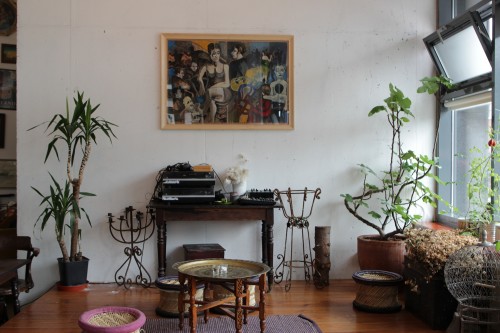
Pixel Trade
We’ll be sorry to say goodbye to Shantanu in a couple of days, a man with an outstanding eye and vision of what the world could be. His photography is breathtaking, his concept so simple, the result so powerful. He’s been with us for the last 10 days and it has been a pleasure feeding him.
Everyone should read about this.
Some really nice footage to come…..
